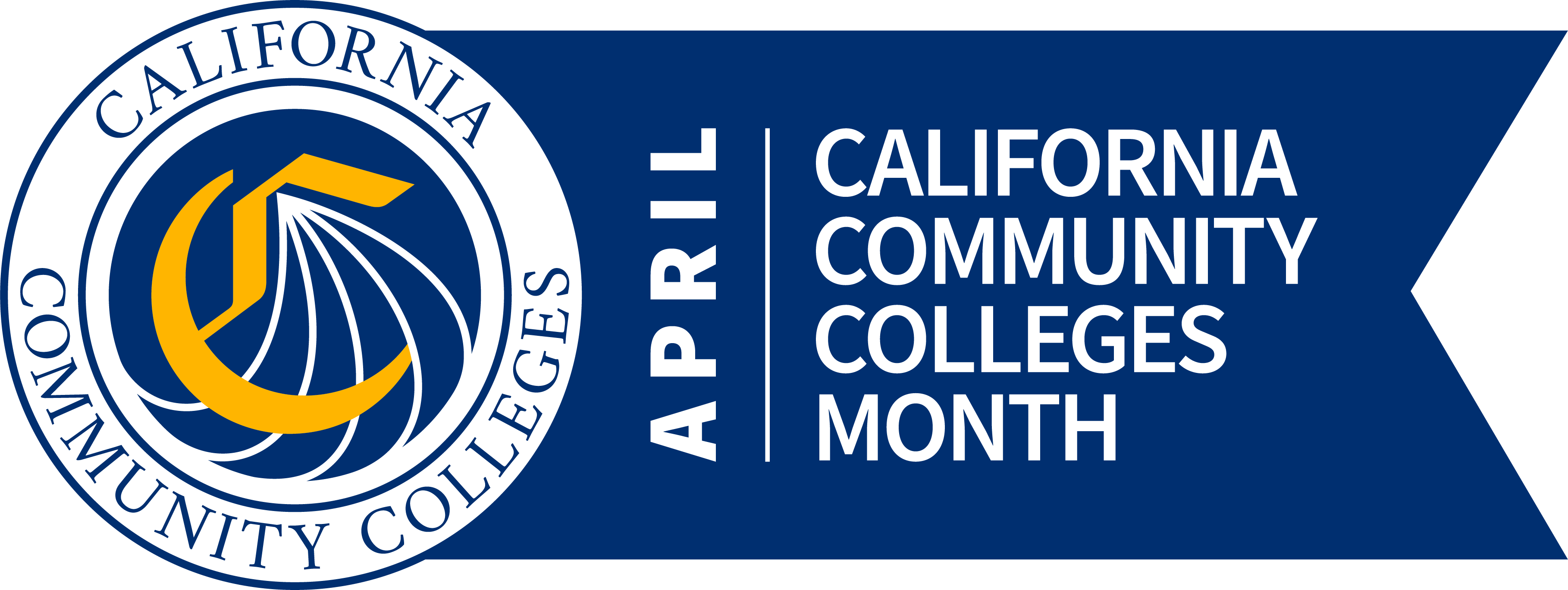Unless otherwise noted, data in this section are from the 2021 State of the System report and LaunchBoard. Data reflect the 2019-2020 academic year and are unduplicated, so that students who enrolled in more than one college are only counted once for the systemwide totals.
Frequently Asked Questions
The race/ethnicity of students across the system are as follows: 46% Hispanic, 24% White, 11% Asian, 6% African American, 4% Multi-ethnic, 3% Filipino, less than 1% American Indian and Alaskan Native, less than 1% Pacific Islander, and 6% unknown.
Fifty-four percent of students are female, 44% are male, less than 1% are non-binary. The gender of 2% of students is unknown.
Approximately half of California community college students are traditional aged (24 years old or younger) and half are adult students (25 years old or older). Fifty-two percent of students are 24 years old or younger, and 48% are 25 years old or older. The system uses the Perkins Economically Disadvantaged metric as a measure of students’ income status based on their receipt of financial aid and other social benefits. Sixty-four percent of students across the system are classified as Perkins Economically Disadvantaged, 36% are not Perkins Economically Disadvantaged*.
*see SM 106.
The California Community Colleges serve a large number of students with unique educational goals and needs, who have been historically underrepresented and under-served in higher education.
35% of students identify as first-generation in their family to attend college, 10% are Adult Education/English language learners, 3% are veterans, and 2% are foster youth.
During the Fall 2019 term, approximately 28% of students were full-time (12 or more units) and 62% were part-time (less than 12 units). 11% of students were enrolled in non-credit units only.
These data are from Data Mart.
During the Fall 2019 term, 6% of students had a special admit status. This includes students who were also enrolled in K-12 education and adult education students without a high school diploma.
These data are from Data Mart.

